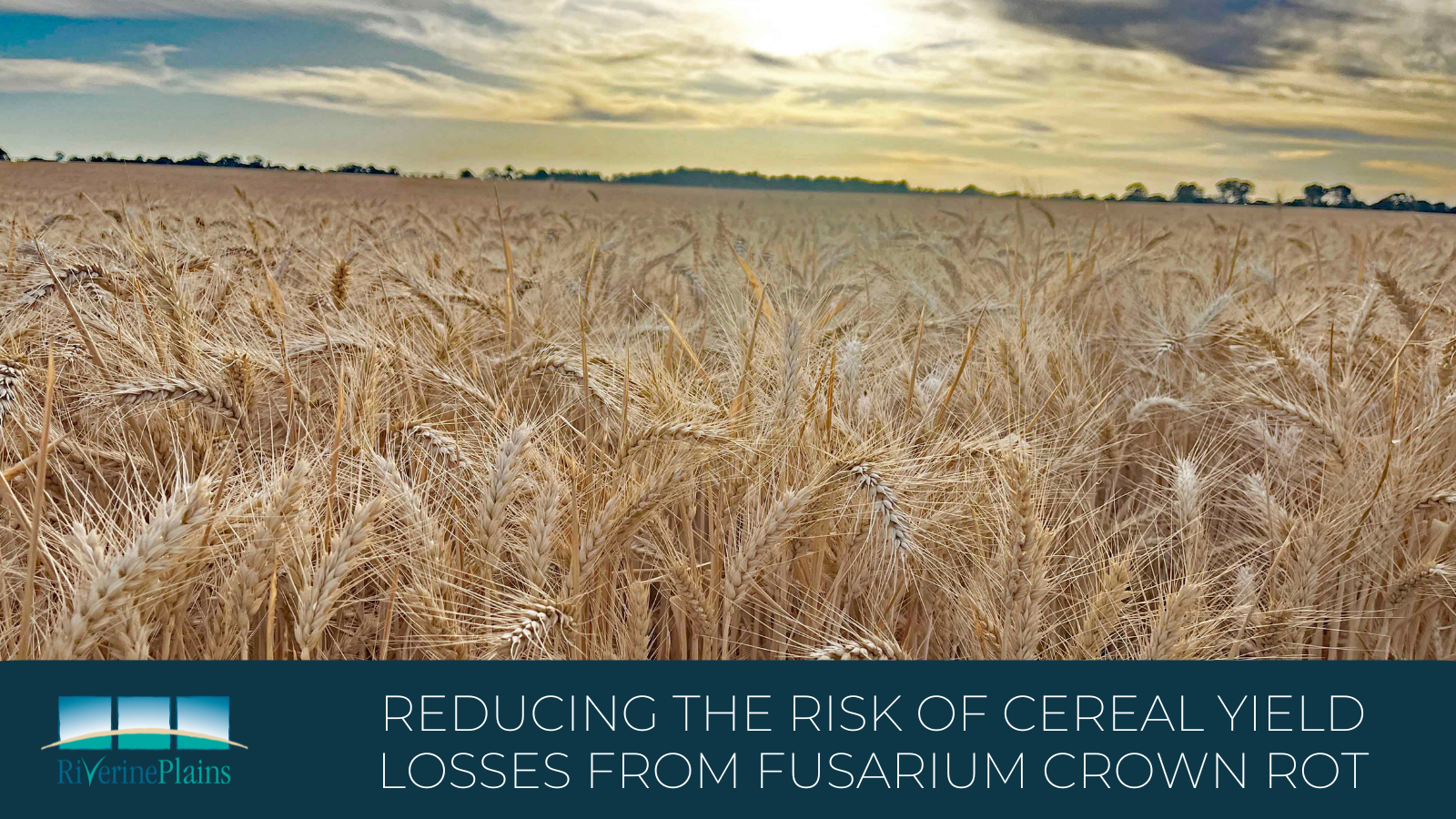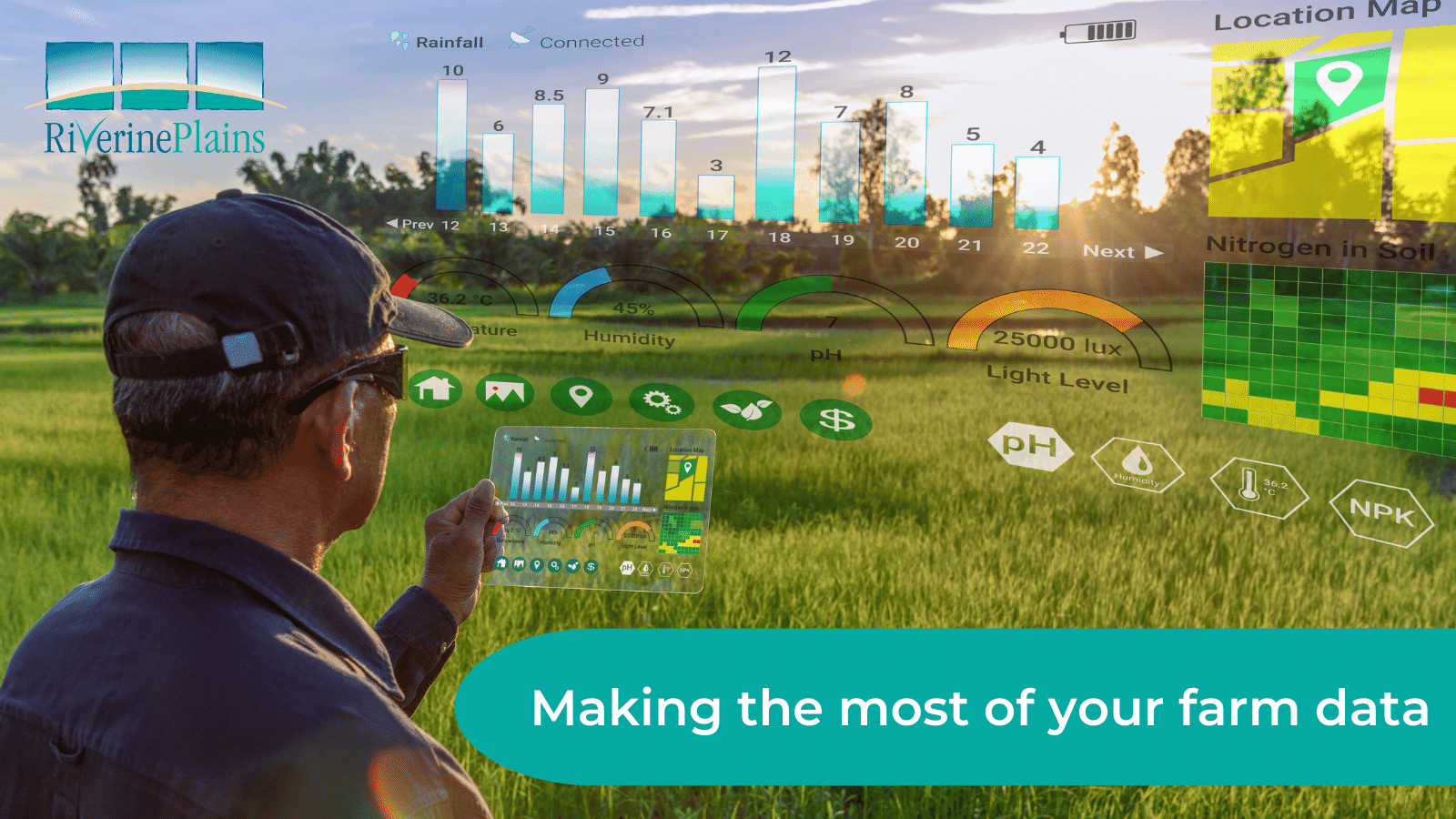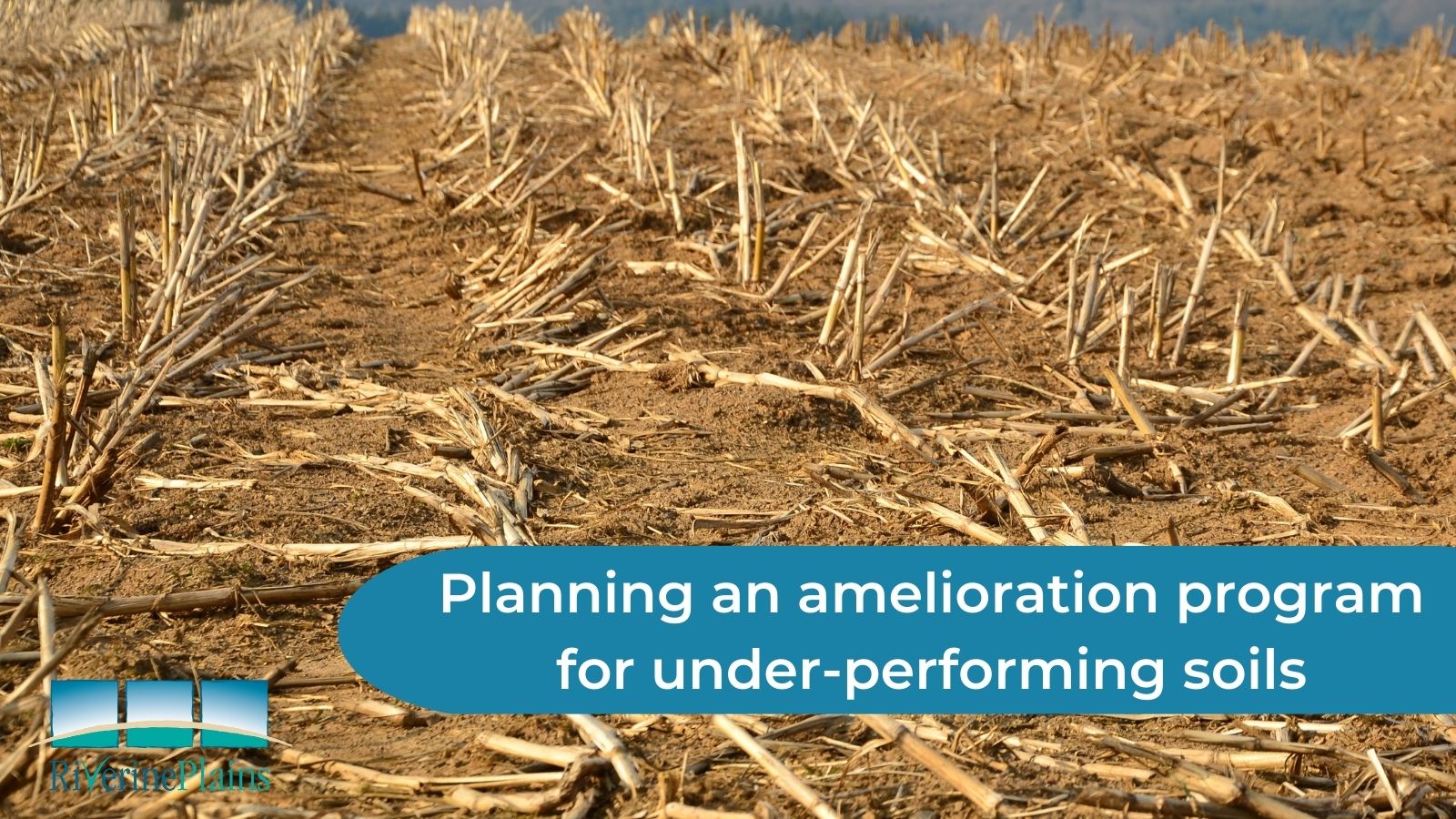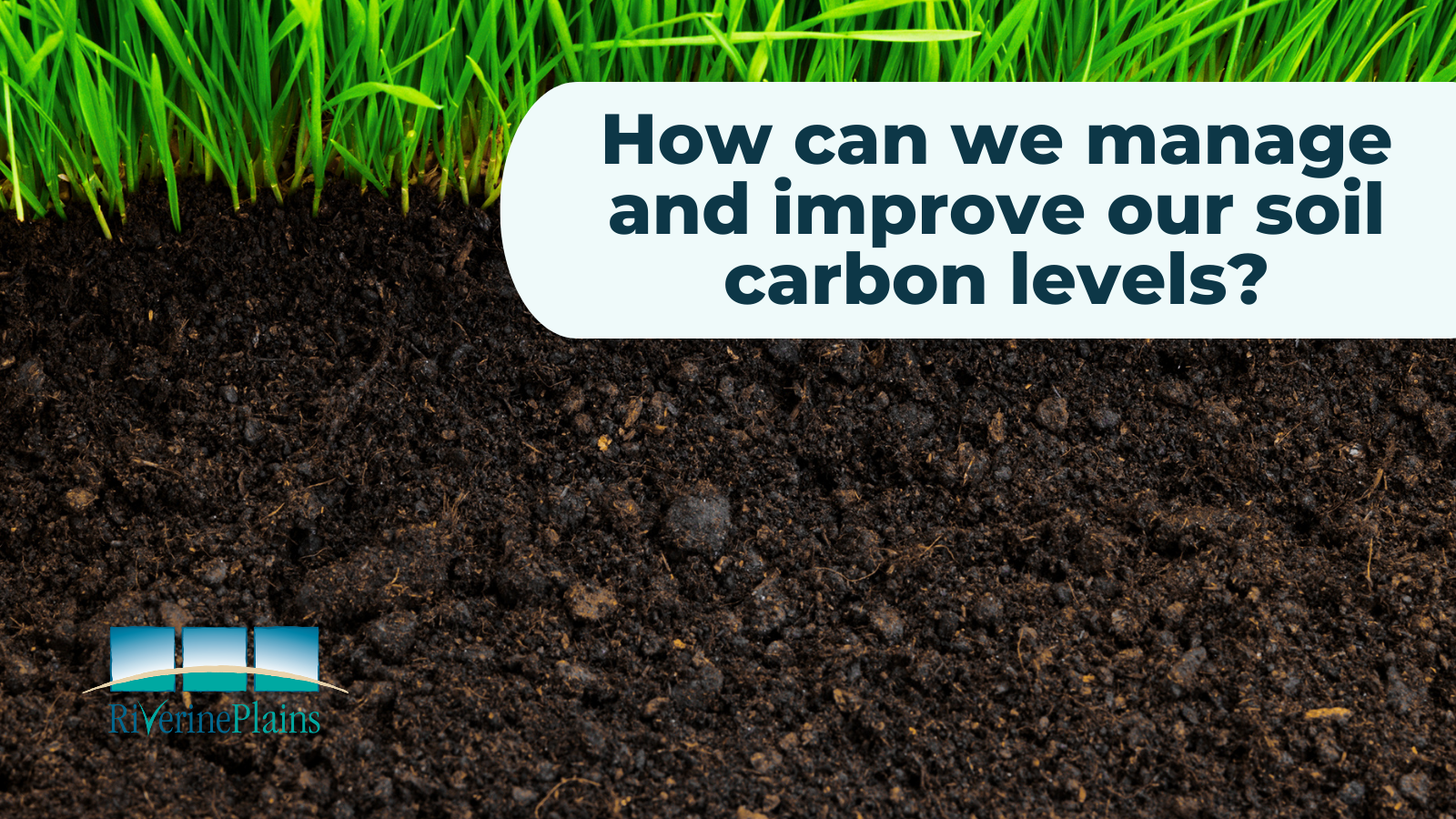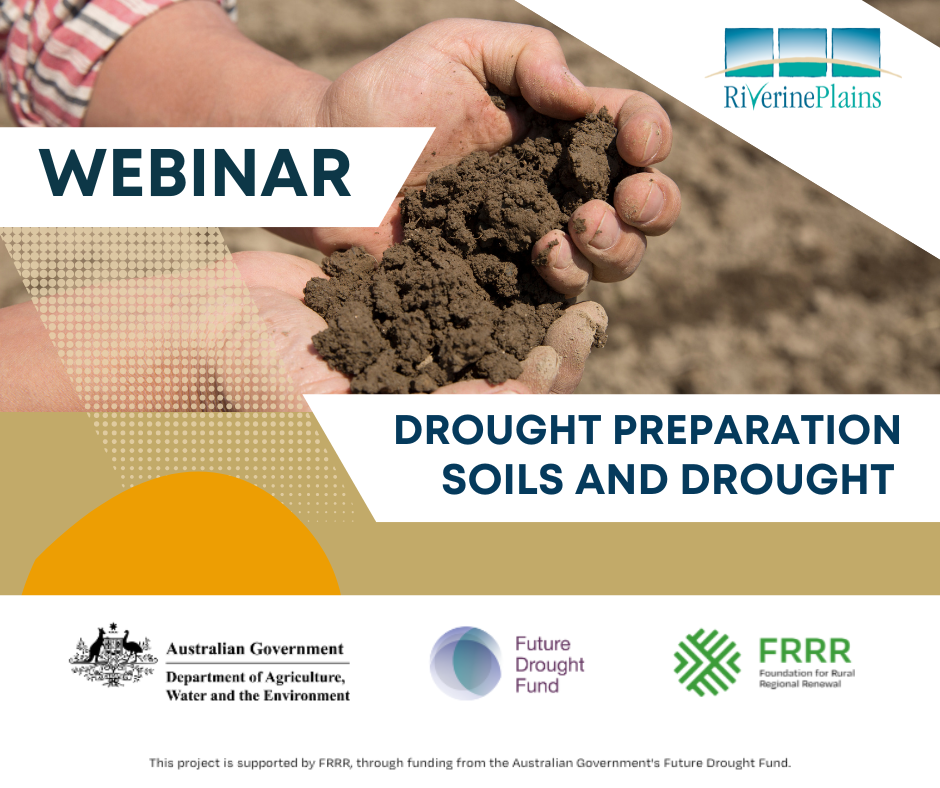Reducing the risk of cereal yield losses from Fusarium crown rot
Key messages:
- Four consecutive good seasons, along with stubble retention and tight cereal rotations have favoured a build-up of Fusarium crown rot in the Riverine Plains region
- High levels of Fusarium crown rot can cause significant yield loss, so assess the risk now by sampling last years’ cereal stubble or by using Predicta®B DNA soil testing
- Integrated management options will reduce the risk of yield loss from Fusarium crown rot and other root diseases

